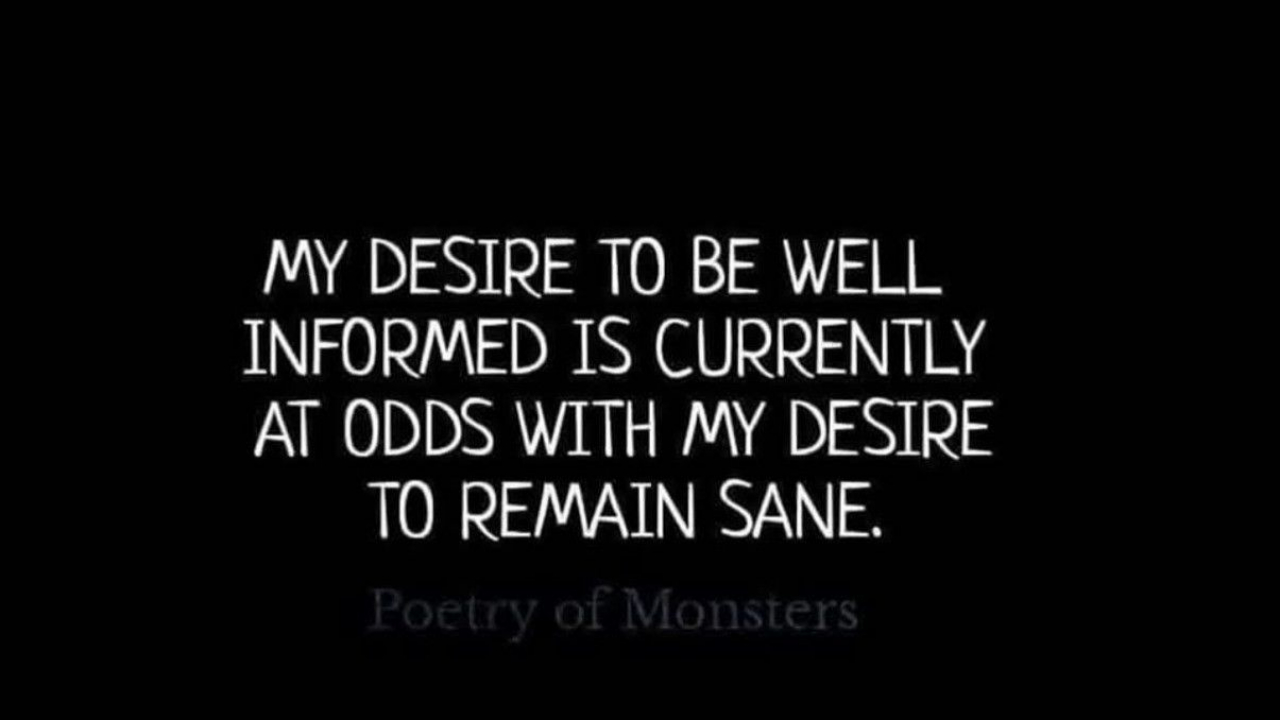Moved, Unmoored & Motivated (all at once)

Lately, I’ve been grappling with an emotion I didn’t have a clear name for, until I found it in Brene Brown’s Atlas of the Heart: cognitive dissonance. In her book, I find the language, the reassurance and a guiding light when it all feels like too much. It's organized into chapters that group together feelings and motions we might experience based on things going on in our life. I know I'm not alone as I reach for words across so many categories.
"Places we go when things are uncertain or too much." If this doesn't describe the world right now, I don't know what does. This is where a lot of my conversations with family, friends and colleagues seems to be stuck. We collectively commiserate about stress, overwhelm, fear and worry, using the words interchangeably. Yet, they are distinct experiences and naming the correct one gives a deep sense of being seen. For me, the dominant feeling is anxiety.
Anxiety, as defined by the American Psychological Association, is "an emotion characterized by feelings of tension, worried thoughts and physical changes, like increased blood pressure."
While anxiety seemed like the obvious label for what I was feeling, something still didn’t sit right. Anxiety is a reaction to uncertainty, but what I was experiencing felt more like an internal contradiction - a clash between my beliefs and my reactions to the world around me. I kept searching until I landed on another chapter, "Place we go when things aren't as they seem." In it, I found a term I know but have never taken the time to apply to my life.
Cognitive Dissonance - a state of tension that occurs when a person hold two cognitions (ideas, attitudes, beliefs, opinions) that are psychologically inconsistent with each other.
Bingo. I started to dig a little deeper, searching for examples and breaking them into beliefs and actions to understand the dissonance. I'll start with the most pressing and the one that might have you stop reading (that's ok).
Belief - I love this country and the life it's allowed me to build.
Action - I feel deep frustration and distress over decisions and policies that are misaligned with the values I cherish.
Dissonance - I feel torn between how much I should engage vs. protect my mental health and avoid it all completely.
It also shows up in smaller, more personal ways.
Belief - I believe that staying healthy is foundational to everything.
Action - I drink too much coffee and consume too much sugar, avoiding the long-term impact of my short-term dopamine hits.
Dissonance - I feel guilty and frustrated that I'm not sticking to better habits.
And so it goes.
Recognizing cognitive dissonance isn’t just about naming the tension, it’s an opportunity. When we spot these internal contradictions, we can decide: Do we shift our beliefs? Do we adjust our actions? Or do we simply sit with the discomfort and acknowledge its presence?
The key is to stay curious, not self-critical.
And know you're not alone.

